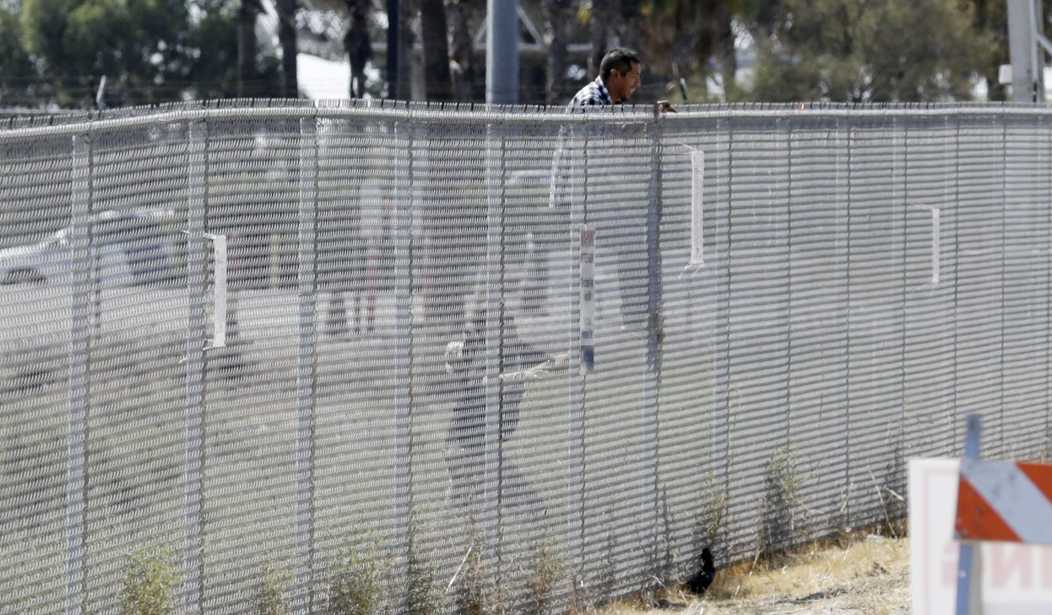WASHINGTON – Rep. Beto O’Rourke (D-Texas) urged Congress to pass a “clean DREAM Act” with a path to allow undocumented parents and siblings of immigrants brought illegally to the country as children to eventually apply for legal status.
O’Rourke said he is unwilling to support attachments to the DREAM Act such as increased border security measures or other “concessions.”
“We have record low levels of apprehensions at the U.S.-Mexico border. We have record levels of safety, El Paso being one of the safest cities in America today connected to Ciudad Juárez and many of these U.S. border communities where we have a very high concentration of DREAMers. And so it’s unnecessary, and it is also a contributor to some really tragic outcomes that we’ve seen as we have walled up and fenced off more of the border with Mexico,” O’Rourke said on a conference call briefing organized by America’s Voice on Thursday.
“The fewer people who do try to cross into the United States are crossing in more remote and dangerous locations. So as we’ve seen a precipitous drop in total apprehensions we’ve seen a pretty steady rate of migrant deaths along the border,” he added. “So there’s no way I can in good conscience accept something that we don’t need that will cause more suffering and death that will continue to marginalize border communities and the people who live in them.”
After consulting with undocumented immigrants who were brought to the U.S. illegally as children, O’Rourke said he supports a “clean DREAM Act” since it would also help the parents of DREAMers.
“It’s not just me, Beto O’Rourke, saying this: it is DREAMers with whom I meet who insist that, as their representative, that I not make concessions that will hurt our communities or imperil the opportunity for their family members, their parents or others to be able to at some point have status in the United States as well,” he said. “So, it’s a clean DREAM and that’s where we are.”
A permanent resident, or green-card holder, is able to apply for U.S. citizenship after living five years as a “permanent resident without leaving the United States for trips of six months or longer.” According to U.S. Citizenship and Immigration Services, U.S. citizens who are at least 21 years of age are able to “petition” for their mother or father to live in the U.S. as green-card holders. U.S. citizens 21 years of age or older can also petition for their brother or sister to live in the U.S. with green cards.
O’Rourke, who is challenging Sen. Ted Cruz (R-Texas) in 2018, recently said there could be a relationship between President Trump’s rhetoric on illegal immigration and the sharp drop in illegal border crossings so far this year.
“Let’s be honest, there could be a correlation. There’s probably also or could be a correlation with the fact that under the Obama administration he deported more people from this country than any president before him,” he said. “I think that probably had the intended effect from that administration of ‘sending a signal’ back to the [Central American] Northern Triangle, so I don’t know that you can give any president or person or set of conditions credit.”
Several border wall or barrier prototypes have gone up in California this week. Currently, the majority of the border, roughly 1,300 miles or 65 percent, lacks fencing. The remainder of the border has a combination of vehicle barriers and pedestrian fencing.
During a congressional hearing last year, Brandon Judd, president of the National Border Patrol Council, said cartels had cut a hole through the fence located on a 10-mile stretch of the border in Arizona.
“Criminal cartels were able to go to the fence, cut a hole in the fence, drive two vehicles through that hole and escape. They were able then to put the fence back up and try to hide the cuts that they had made,” Judd said during a House Oversight and Government Reform Committee hearing. “The scariest part of those vehicles entering into the United States is we don’t know what was in those vehicles. We have no idea.”









Join the conversation as a VIP Member